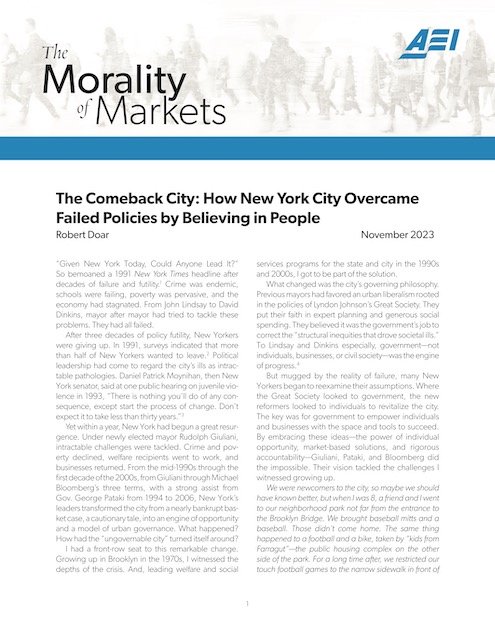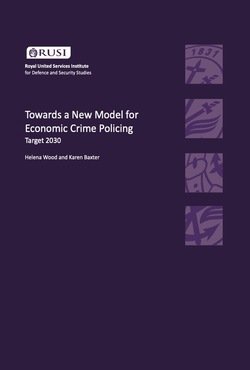By Luca Maiotti and Rashad Abelson
This booklet provides practical answers to frequently asked questions relating to how companies can identify, prevent, mitigate and report on risks of contributing to bribery and corruption through their mineral sourcing. The OECD Due Diligence Guidance for Responsible Supply Chains of Minerals from Conflict-Affected and High-Risk Areas (“the Minerals Guidance”) provides due diligence recommendations on how all companies along mineral supply chains, from the miner to the final product manufacturer, should combat bribery and corruption linked to minerals production and trade (OECD, 2016a). The following FAQs do not represent new or additional guidance but aim to explain in simple terms the recommendations already set out in the Minerals Guidance and other OECD standards and best practice. Note, this booklet does not aspire to be an exhaustive stocktaking of all corruption issues and possible mitigation responses. This booklet provides practical answers to frequently asked questions relating to how companies can identify, prevent, mitigate and report on risks of contributing to bribery and corruption through their mineral sourcing. The OECD Due Diligence Guidance for Responsible Supply Chains of Minerals from Conflict-Affected and High-Risk Areas (“the Minerals Guidance”) provides due diligence recommendations on how all companies along mineral supply chains, from the miner to the final product manufacturer, should combat bribery and corruption linked to minerals production and trade (OECD, 2016a). The following FAQs do not represent new or additional guidance but aim to explain in simple terms the recommendations already set out in the Minerals Guidance and other OECD standards and best practice. Note, this booklet does not aspire to be an exhaustive stocktaking of all corruption issues and possible mitigation responses.
Paris: Organisation for Economic Co-operation and Development , OECD, 2021. 32p




